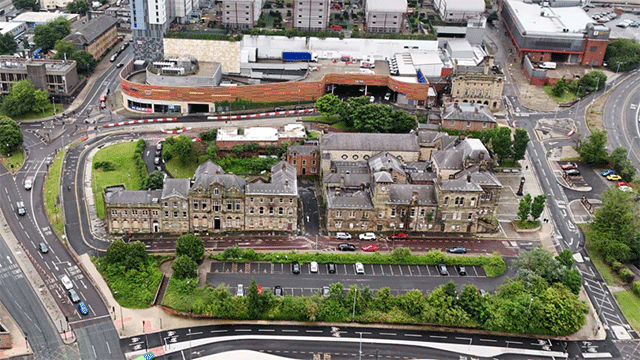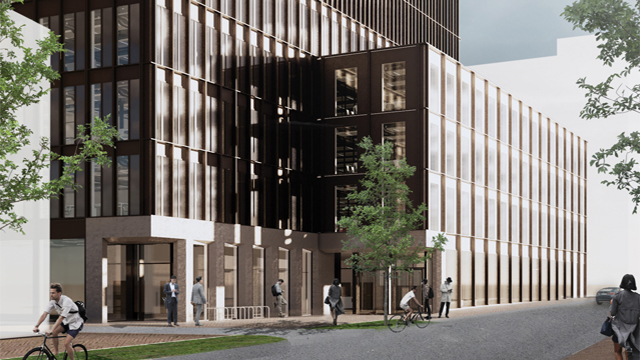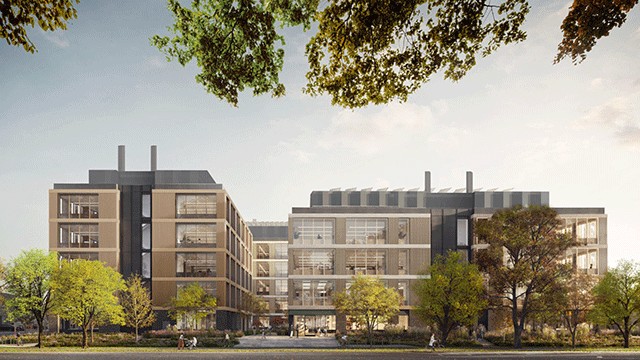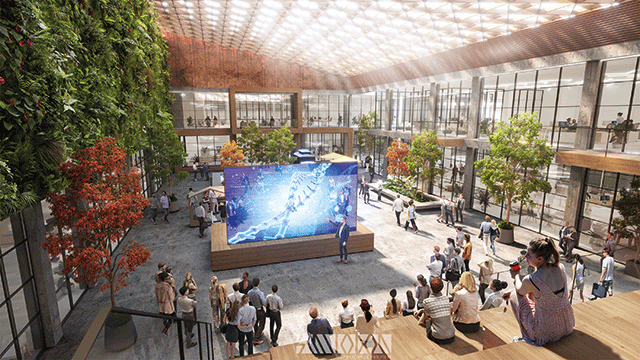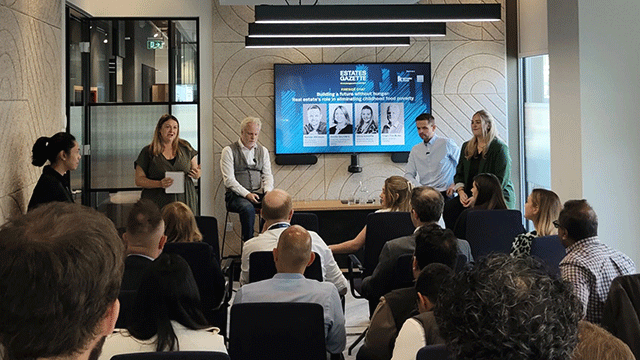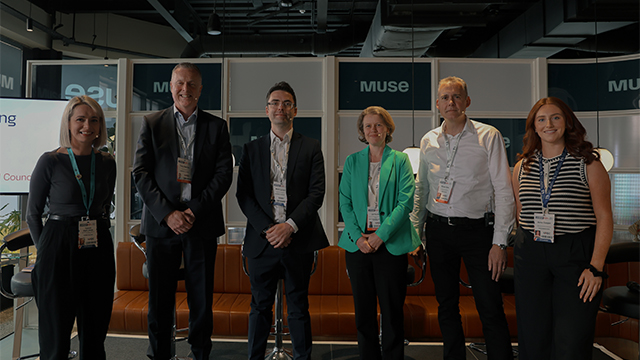When companies look at whether their workplace meets their business requirements, it is usually in response to a trigger event, such as lease expiry or capacity issues within an existing office environment.
Too few companies see the workplace as a tool to support business efficiency or the performance of people.
While there has been much discussion about activity-based working and workplace agility, most conversations have been focused on how an organisation can increase their density of occupation and commit to less space. While such considerations are important, they are only part of the equation.
In our current market, many property decisions are motivated by reducing the overall cost of business. However, the most effective way to reduce the cost of property is to elevate the engagement of people and ensure a workplace builds alignment with business objectives.
Given London’s relatively long lease profiles, our opportunity to advance workplace design occurs less frequently than other regions, where shorter lease terms predominate.
Australia’s commercial office market is one such region using relatively short lease durations and this has resulted in a continual development of how to align workplace design with business mission. This highly competitive market understands the workplace is the most powerful tool of internal communication wielded by an organisation.
The market understands that failing to use employees’ surroundings as an instrument of encouragement and motivation will have dire repercussions for businesses whose whole ethos is diluted with ambivalent and outmoded work environments.
We have tried to bring new approaches to the London workplace market using our experience in other regions. Staff are no longer tied to a standard desk; one size does not fit all. Instead, the workplace is designed to provide a variety of different work settings that suit a particular task. Staff move around these during the day, depending on what activity they are engaged in.
Such an approach is known as activity-based working and has the benefit of both maximising the use of space, as well as creating an environment to aid greater productivity and overall well-being.
Rather than fitting the business into the design, we have developed a model where design is fitted to the overall business goals – essentially designing buildings from the inside out. Is it time others started doing the same?




